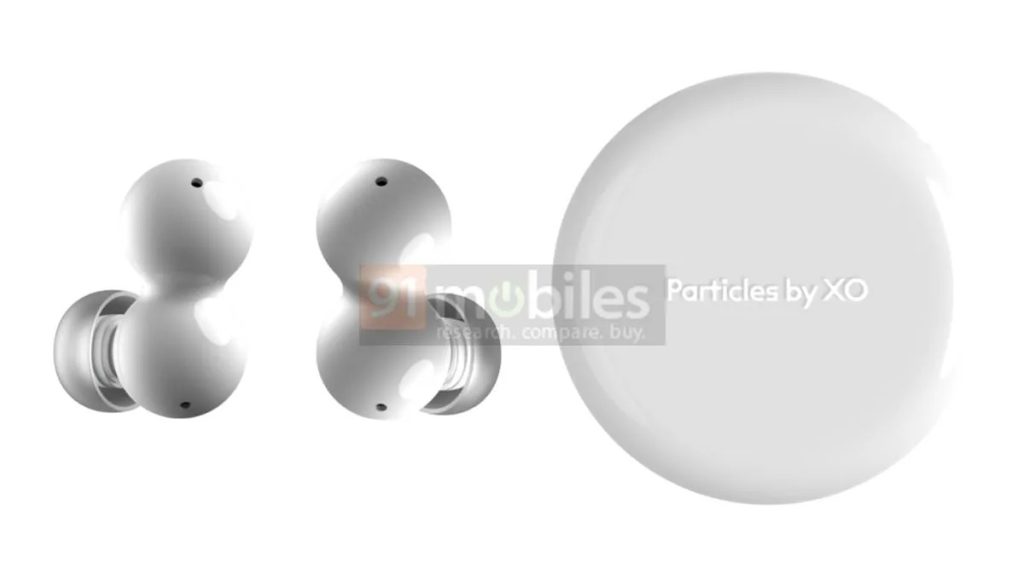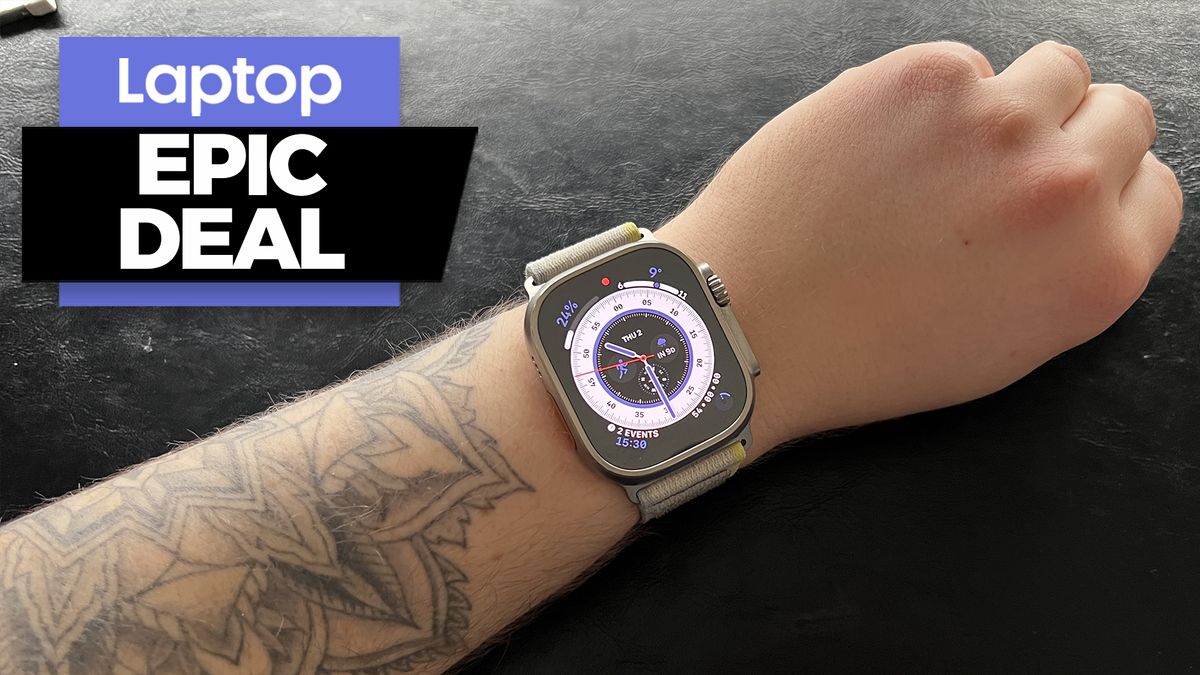
What’s your executive sponsorship customer program look like? Here’s one that rolled out, and here are the lessons learned.
A little over nine years ago, I’m sitting in an all-hands meeting for a previous company I worked for, meeting our new CEO for the very first time. As is standard with first-time introductions, he gives a bit about himself, his background and what his goals are for our company. He then goes on to talk about how relationships are important –— doesn’t matter personal or professional — they all matter. And, what separates failure from success in them is in the continual maintenance.
To illustrate his point, he used the analogy of a marriage (partnership). First, there’s a courting period — that phase of getting to know someone, growing comfortable with them. Perhaps there’s some disagreements in there but, ultimately, you know they are the right partner. Then comes the engagement, the wedding, the marriage and so forth. He humorously included his own story of what it has taken to maintain his own marriage, but the message was clear — if you want a customer to remain not just a customer but a partner as well, it requires a similar process.
About three months after this meeting, I was asked to design an executive sponsorship program that was focused on building relationships from the ground up. The executive team felt very strongly that this need not be an “account-saving” tactic but rather, a way to ensure our biggest customers would remain happy.
Using the CEO’s rather impactful analogy from that all-hands, a program was designed to help customer-facing teams and executives go from “courting” customer counterparts to being in well-run “partnerships” in six months or less. It resulted in faster opportunity conversion, increased revenue and more customer advocates than anticipated.
Seems too good to be true, right? The answer is both yes and no.
As with any program you are building for the first time, or even just differently than before, there are always lessons to be learned along the way that may require more work to make it an absolute success. But also, because it is a departure from the industry-standard, people tend to be more eager to support it.
Below are three of my lessons learned that will hopefully help support your own programs:
Creating a Customer Partner ‘Match’
If you have gone through online dating, speed dating or some other form of bulk-exposure of available people, you know that a “match” begins with similar likes and dislikes, as well as if both people find the other’s demeanor pleasing. It’s no different when matching up executive sponsors and their customer counterparts.
My initial program design included all executives to participate. This meant the CEO, CFO, CCO, CRO, CPO, CMO and all SVPs as well. Since we had a larger list of customers to assign, each received three to five initial assignments with the responsible account execs providing debriefs and potentially, introductions. (Note: In some cases, some of the execs already had relationships in place and were auto assigned to those so as not to disrupt them.)
The outcome: The CEO, CPO, CCO, CRO, and the SVPs of sales and product all succeeded in setting first meetings with their assigned customer counterparts. Everyone else seemed to struggle. Why? It usually fell into one of two categories:
- Lack of customer interaction. Some of these additional executives weren’t interested in participating in this program as their roles weren’t usually centered around customer interaction.
- Customer preference. The customer either felt they couldn’t relate to their match, due to personality differences, or they wanted someone who held their title or better.
What we revised for better success: We ended up paring down the list of customers to those that matched well with the executives that could make the biggest impact. It resulted in less frustration on both ends, thereby reducing the risk of potentially losing one of those customers in the future.
Related Article: Scenes From an Italian Restaurant: Great Customer Experience, Personalized Touch
Know and Respect Your Customer ‘Courting Time’
Think back to a first date you had that transitioned to a commitment. What was the path to get to that commitment? Did it take days, weeks or months to get to that next step? Why? Was it personality, time commitment, personal experience, etc.? When developing an executive sponsorship program that is designed for building relationships, it’s important to consider how long a customer “courtship” might take to develop into a well-working partnership, which is why the questions above were used in identifying processes and timelines of relationship development.
We parceled our identified customers for the program into three buckets:
- Established relationships. Requiring no “courting time” due to an exec already engaged with their customer counterpart.
- Re-establish relationships. We previously had a relationship, but it fell to the wayside.
- No relationship. Either our key customer contact left, and we had to start over, or there was no previous relationship with a customer counterpart before.
When this activity was done, we moved on to building out three separate processes, one for each bucket, that supported what needed to happen to either maintain an existing relationship or create a new one.
The outcome: Through the course of the first year, we noticed three things:
- Our internal teams were better aligned than they had ever been before.
- The customers in the latter two buckets were “graduating” to a level up, faster than anticipated.
- We were beginning to see new realized revenue and increased customer advocacy emerge even though there were no initial goals for either.
What we revised for better success: We learned that there are average “courtship” timelines for the latter two buckets that helped us to ease off the gas in pushing for customer partnerships that needed more time to develop. Ultimately, with the pressure off, partnerships naturally evolved faster.
Related Article: Voice of the Customer: What Is It and Why Does It Matter for CX?
Customer Success: Observe, Support, Encourage and Applaud
Think of a close friend that you can tell anything to — they understand your quirks, how you think, how you make decisions and even how you approach relationships by way of observation. They know when to cheer you on and be supportive but also when to steer you back to neutral when things may seem negative. If it weren’t for them, life may be very different.
Running an executive sponsorship program is very similar. You need someone at the helm that is a stickler for process and can work well with busy executives (support), can develop and measure against a set of relevant KPIs (observe), and foster the kind of discussion that keeps team members, and their customer counterparts, moving in the right direction (encourage and applaud).
To make this work well, bi-weekly meetings were mandatory, with the agenda being only two parts:
- Delivering overall progress on the KPIs.
- Status updates on each customer, measured against that same set of KPIs.
This not only fostered better discussion and great ideas, but also gave each team member the positive “boost” they needed to keep going.
The outcome: Cross-functional support became the norm. We were able to better solve for individual customer issues at a faster pace. It also prevented executives from bowing out of their obligations with this program because they all needed each other to create success within their own assigned customers.
What we revised for better success: After six months of bi-weekly meetings to ensure things were running smoothly, we switched to monthly meetings to discuss overall progress and any challenges they were facing with their assigned customers. All other updates were delivered to the program manager via email or Slack. This allowed them to get more time back in their month to focus on sales.
The other thing we revised were our KPIs. It went from measuring against how a relationship was progressing to tracking advocates gained, as well as the level of advocacy activity they were participating in; the conversion of identified opportunities, and how frequently they interacted with the exec sponsor. This allowed us better data on not just the impact of the program throughout the organization, but also how we approach other programs, our customers, marketing, etc. in the future.
Patience Is Everything When Creating Customer Partnerships
From development to refinement, an executive sponsorship program can take time to work. We, as humans, don’t like to be forced into doing things that feel unnatural, and that’s especially true with having to establish partnerships with people that may not click with us on a personal level.
As the creator and/or manager of a program such as this, keep this “partnership” analogy in mind — respect the courting process and be the best friend they need to support the lasting success that will undoubtedly come from your efforts.






